The show floor opens Tuesday at CES, the consumer tech industry’s biggest annual showcase. What’s the buzz? Fake meat, fake people and fake privacy.
CES is huge — 2.9 million square feet, to be exact — but it’s no longer where the most influential tech products launch. Tech giants like Apple, Google and Amazon save the real stuff for their own events in the spring and fall. Still, we walk miles at CES each year to hunt for emerging ideas, practical new gadgets, adorable robots and you-gotta-see-it-to-believe-it tech. (We’re looking at you, people-moving egg.)
This year, even the politicians are flocking to CES, including White House adviser to the president Ivanka Trump, who is a keynote speaker Tuesday.
A few trends here have us excited. Laptops are getting interesting again, thanks to new “foldable” technology that lets OLED screens bend and hinge. TVs are getting the ability to fix their own darned picture settings, finally. Fake meat is branching out in new directions. So are “artificial humans,” virtual avatars with whom we’re supposed to interact as if they were the real thing.
CES is also useful for tracking progress on long-promised but still nascent technologies, including self-driving cars, artificial intelligence and augmented-reality glasses. The TV industry, the single largest exhibitor at the show, is pushing ahead into its latest reason to get you to upgrade: 8K TVs, which have four times as many pixels as ultra-HD 4K TVs.
There are also trends we hope go away, such as companies using fear to sell dubious security and health gadgets, and casually integrating surveillance into everyday things. We’re also not a fan of “privacy-washing” — when tech companies market privacy features but continue gobbling up our data like a hungry, hungry hippo.
Our CES favorites are usually the products that make you go hmmmm. Seeing what problems we’re trying to solve with tech reveals as much about us as it does the state of the art.
Here are our finds for the best, most noteworthy and weirdest products of CES 2020. We’ll be updating this list throughout the week as we keep discovering more.

More realistic bots: NEON avatars
Before you get too excited, no, we have not yet mastered sentient artificial intelligence in humanoid robot bodies. Samsung’s independent Star Labs division claims it has built an “artificial human” called NEON, which is one of the bigger marketing stretches at CES. NEON appears to be a computer-generated animation that looks like a person in the same way video game characters look like people. It includes Alexa-like conversational skills and the company says NEON avatars will be able to “sympathize” as a real person does. The technology could be used by companies who want to do things like replace their customer service representatives with computerized versions. The group says NEON avatars can also be used as virtual health-care providers, concierges and, eventually, television anchors or movie stars.
Translation stations are coming: Google Translate
Last year, Google launched a real-time interpreter mode by sticking it on one of its smart displays and placing it in a hotel near CES. This year, the feature is all grown up and about to start showing up for real lost-in-translation situations via the company’s Google Nest Hub devices. Google is selling it as a service to businesses, like hotels and banks. It’s starting with information desks in the international terminal at John F. Kennedy International Airport, sports stadiums in Qatar, major hotel chains and Mercy Corps, a nongovernmental organization that works with refugees. Google is not the only translation game in town. Companies like Pocketalk and Waverly Labs also have translation technology at CES. The boom is in part the result of improvements in AI, including natural language processing.
Available now in lobbies near you.
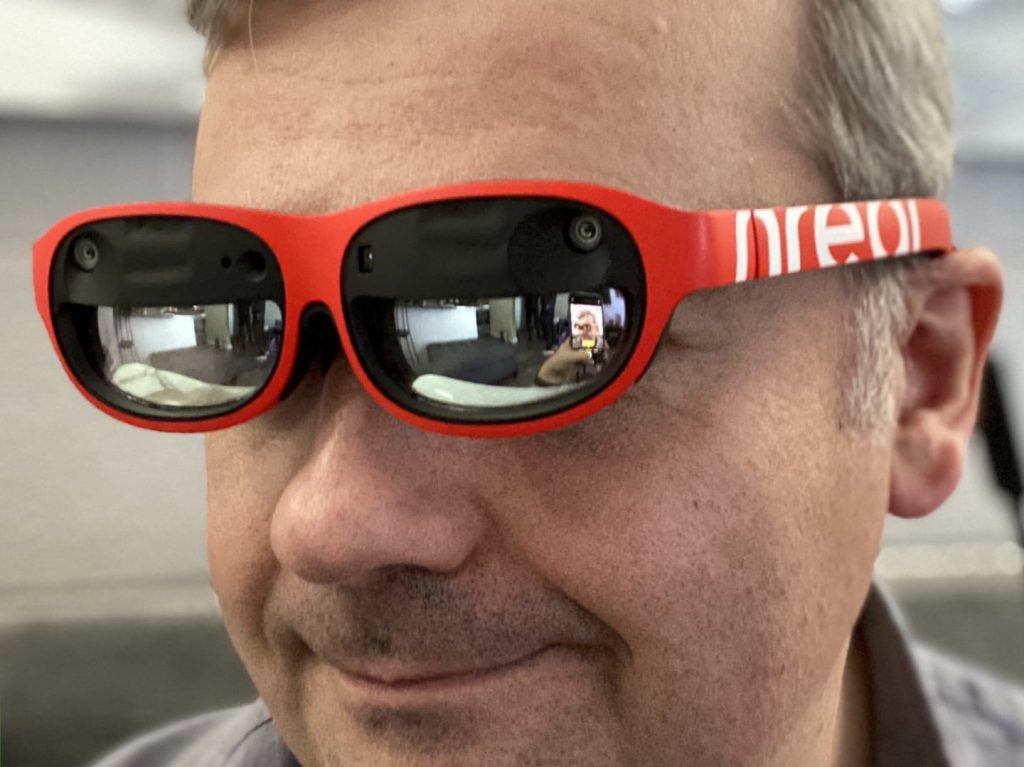
Smarter smart glasses: Nreal
We’ve been hearing the future is face computers for nearly a decade. That hasn’t happened, but the technology to bring AR to our glasses is improving. The Nreal looks almost like a normal pair of sunglasses — except for a slight protrusion from your head and a long cord slithering down to a smartphone that does the processing. But this Beijing-based start-up has managed to squeeze an awful lot into a comfortable, lightweight 3.1-ounce form, including front-facing cameras that help it locate virtual objects in a room, and an operating system that overlays nearly any Android app on top of the world around you. It even supports snap-in prescription lenses. The augmented field of view is limited to about 52 degrees, but the images were bright when we gave it a test watching videos and fending off virtual zombies in a game.
$500, available early 2020.

The other other white meat: Impossible Pork
For the first time, the makers of the Impossible Burger are branching out to mimic the taste of a new animal. The company announced two new fake-pork products on Monday, Impossible Sausage breakfast patties, which will be available in some Burger King restaurants, and the ground Impossible Pork. The announcement comes at a tumultuous time for the global pork industry, which spent the last year and a half struggling with an epidemic of African swine fever that has killed a quarter of the world’s pig population. Supplies are limited, and pork prices in China are up 84 percent. Impossible Foods didn’t announce details on where or when it would release the new product, but, if priced right, it could find a lucrative market in Asia.
No prices yet. Impossible Sausage will be at 139 U.S. Burger King locations in late January. The Impossible Pork rollout has not been announced.
Privacy dashboard, sort of: Ring’s Control Center
Amazon’s Ring is finally starting to hear our concerns about the security and privacy of its products. It announced a new software dashboard that lets you manage the devices and services with access to your connected doorbell and other cameras, as well as let you opt out of letting police request access to your video feed. We just wish Ring made more substantial changes, such as turning on two-factor account verification by default — or drawing clear lines about not sharing video with police. Instead, Ring continues to put the responsibility for security and privacy onto its users. (Amazon CEO Jeff Bezos owns The Washington Post, but we review all tech with the same critical eye.)
Available as a free update in the Ring mobile app later this month.
Emotional support robot: Bocco Emo
From most talking tech, you expect clear answers to your queries. From this one, you mostly get nonsense. And that’s entirely the point: Bocco Emo is an emotional support robot. It listens to what you’re saying, and responds with an emotionally appropriate coo, chirp or gurgle. Its mechanical head also bobs up and down with empathy. Say what? Its Tokyo-based maker Yukai Engineering, also known for a headless robot cat with mechanical wagging tail called Qoobo, thinks robots can play important roles in human emotional lives as we face isolation, especially in aging societies. Bocco Emo can also do a few other more practical tasks, like turn on and off smart lights.
Price to be determined, shipping in May 2020.
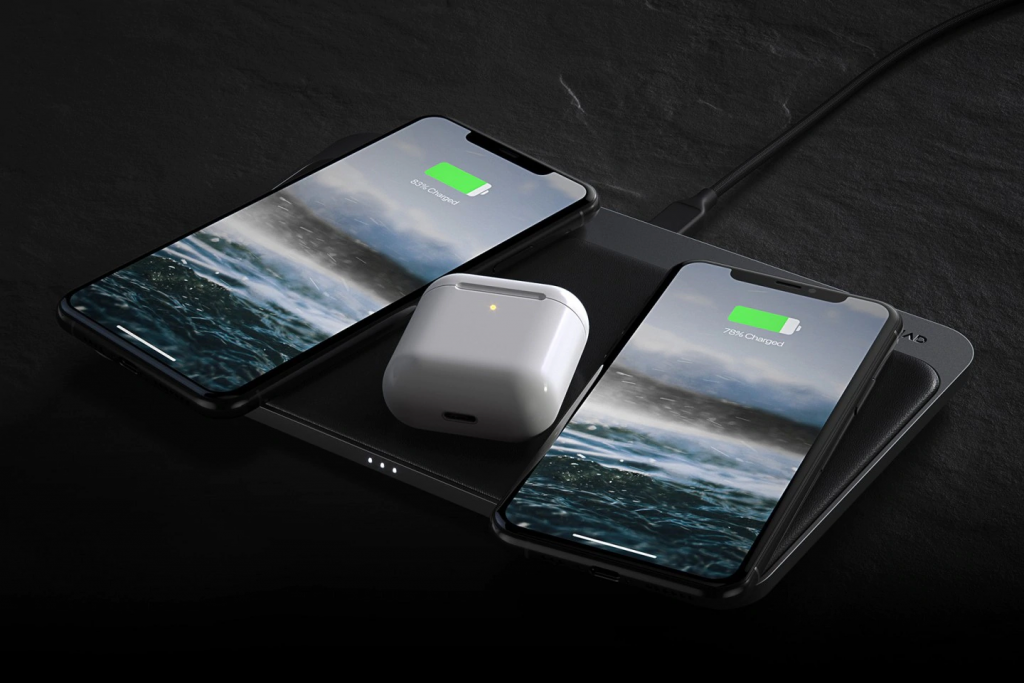
Simpler wireless charging: Aira FreePower
We were supposed to be living wire-free by now. But wireless charging hasn’t worked nearly as well as we were promised. It requires lining up your gadgets in the exact right spot. And you can only charge one thing at a time — Apple canceled plans for a multi-device product called AirPower that it was supposed to deliver in 2018. Now a start-up called Aira says it’s got the solution. Its FreePower tech allows you to charge multiple devices at once without worrying about where they sit on the pad. (It worked when we tried it with three.) The company says it redesigned the wireless power coil matrix to better line up the magnetic fields required for charging. Aira, which had a successful run on the “Shark Tank” TV show, is selling its tech to other companies, starting with a charging pad from a brand called Nomad Goods.
Nomad Base Station Pro with FreePower, no price or shipping date yet.

‘Foldable’ laptop: Lenovo ThinkPad X1 Fold
The folding-screen design trend we first saw in phones is spreading to laptops. After teasing the idea in 2019, Lenovo is ready to start shipping a 13-inch laptop with a seamless screen that closes up like a book. Lay it flat like a tablet, or prop it up at a right angle like an adorably tiny laptop. You type on a detachable wireless keyboard that stows away inside when it’s closed up. Lenovo says the X1 Fold will appeal to people who need the full power of a Windows 10 Pro computer but hate lugging around a proper laptop. In our hands, the 2.2-pound X1 Fold felt a little chunkier than your standard writing folio or notebook, but we like where the idea is headed.
Cost is $2,499, available in mid-2020.
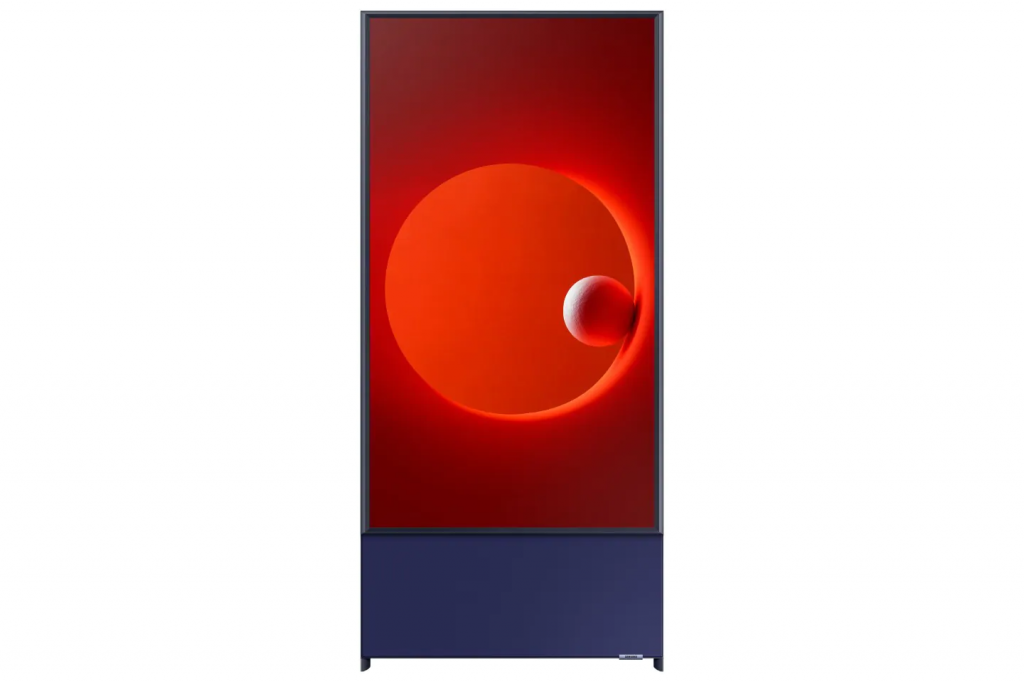
Vertical TV: Samsung Sero
People keep shooting video while holding their phones vertically. That works fine when you’re watching Instagram or TikTok on your phone, but it looks terrible on a horizontally oriented TV. No longer: Samsung’s latest TV rotates to switch between horizontal and vertical orientations. You sync the Sero TV to a Samsung Galaxy phone, and it automatically switches orientation to match what you’re watching.
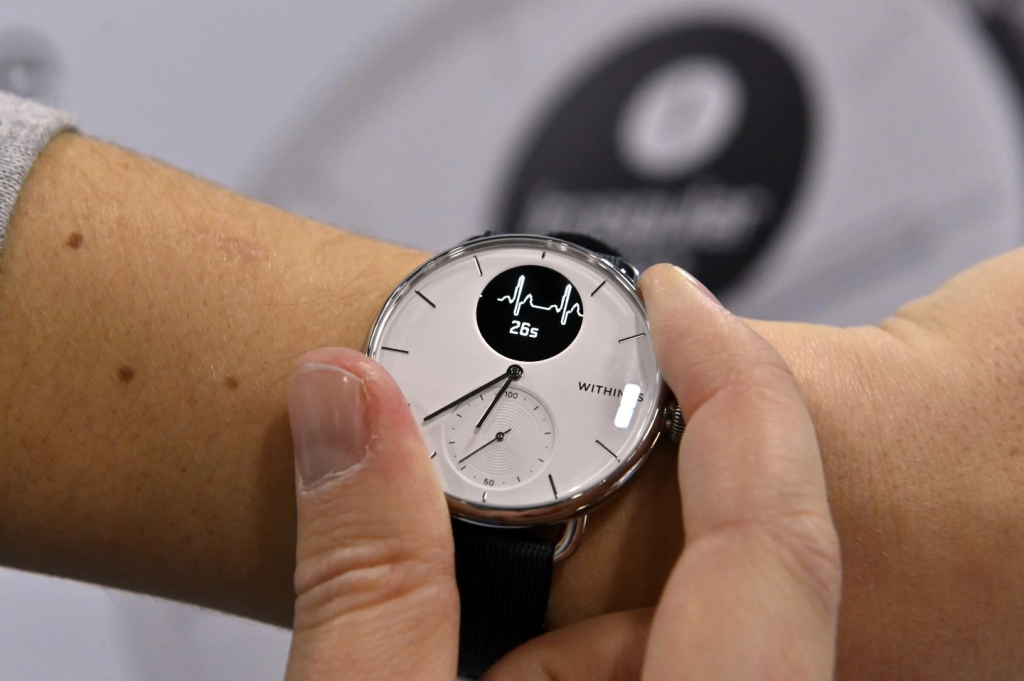
Smartwatch that detects sleep apnea: Withings ScanWatch
Add one more to the list of health concerns that smartwatches can detect: sleep apnea. Withings, a pioneer wearable maker, added to its new ScanWatch an SpO2 sensor that measures oxygen saturation levels and identifies when they’re too low — an indicator of the common sleep condition. (It does this by emitting and absorbing a light wave passing through blood vessels.) The ScanWatch tracks sleep length, depth and quality and provides a nightly sleep score. It also does other now-common smartwatch things, including tracking activity, monitoring heart rates and detecting arrhythmia (atrial fibrillation). Even better, its battery lasts 30 days.
Cost is $250, available in spring 2020 (pending clearance from the Food and Drug Administration).
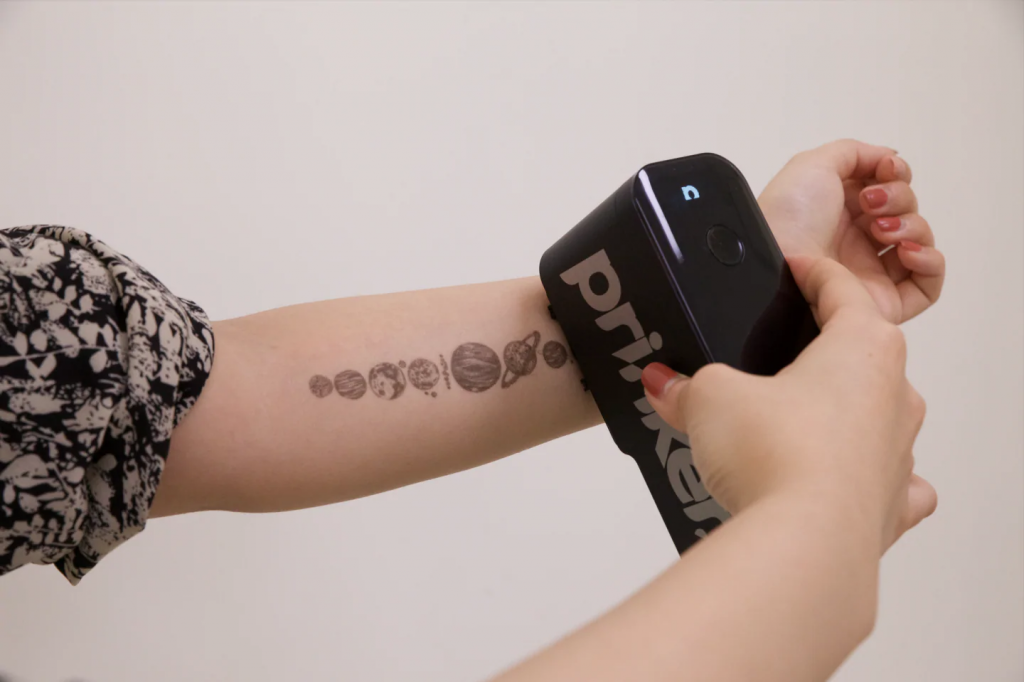
Temporary tattoo printer: Prinker
Temporary tattoo technology hasn’t changed much in recent years. You can buy them, order custom designs online or print your own on special paper at home. But a new device called the Prinker makes temporary tattoos mobile for spontaneous people who don’t want to commit to forever ink. The handheld printer can apply cosmetic-grade ink to the skin in black or color just by quickly passing it once over the chosen body part. Images are selected from a companion app, or you can add your own. It can only print graphics up to an inch wide, so a full tattoo sleeve would take a while, but the only limit on the length of a tattoo is the length of your body. While the final product doesn’t smudge or fade much, it does wash off easily with soap and water.
Sex toys go high-tech: Lora DiCarlo’s Osé
It was the sex toy that launched a thousand articles when its CES innovation award was revoked last year. After a little introspection and a lot of outside pressure, CES is allowing sex-tech products in the show. The Osé is back, a uniquely shaped robotic massager that doesn’t vibrate, along with two other similar products. The drama opened the door for more sex-tech players, around a dozen by our count, that include products such as Internet-connected vibrators and fertility devices.
Cost is $290, available now.
8K is coming: LG Signature OLED 8K TV
What do you sell people who already have the latest 4K high-definition TV? If TV makers have their way, the answer will be an 8K TV. LG is releasing a lineup of 8K TVs later this year and says its target audience is people putting larger screens in smaller spaces — one of the few situations when a viewer might notice the difference. There’s not much 8K content at this point but, like Samsung, LG will use deep-learning algorithms to upscale 4K movies and TV shows to 8K. It‘s still working on its other big TV innovation: the rollable TV. After a delay, LG says this is the year the device will finally get a price tag and go on sale to the public. It’s a 65-inch 4K OLED screen that pops out of a large but classy-looking box when you want to watch TV. Turn it off and it lowers itself back into the box, rolling up inside like a giant high-resolution taquito.
We took a ride in the people mover of the future and crashed only once. The “WALL-E” comparisons for Segway’s new people-moving S-Pod are unavoidable, but the company says it was inspired by the pods in “Jurassic World.” A cross between a comfortable recliner, a scooter and a giant egg, the new mobility device is designed to move people around non-road locations like malls, airports and (dinosaur-free) theme parks. The self-balancing pod, which goes up to 24 mph, is controlled by a small knob on the armrest or a panel that can be removed from the pod for remote steering. When we put a helmet on and tested the S-Pod prototype on the CES show floor Monday, its speed limit had been limited to 7 mph, and there was no seat belt. It felt fast and a little dangerous, more like a La-Z-Boy go kart than futuristic wheelchair. The pod was just one of many mobility options announced by transportation companies at CES, which is packed with remote-controlled scooters, electric dirt bikes and real cars inching closer to full self-driving status.
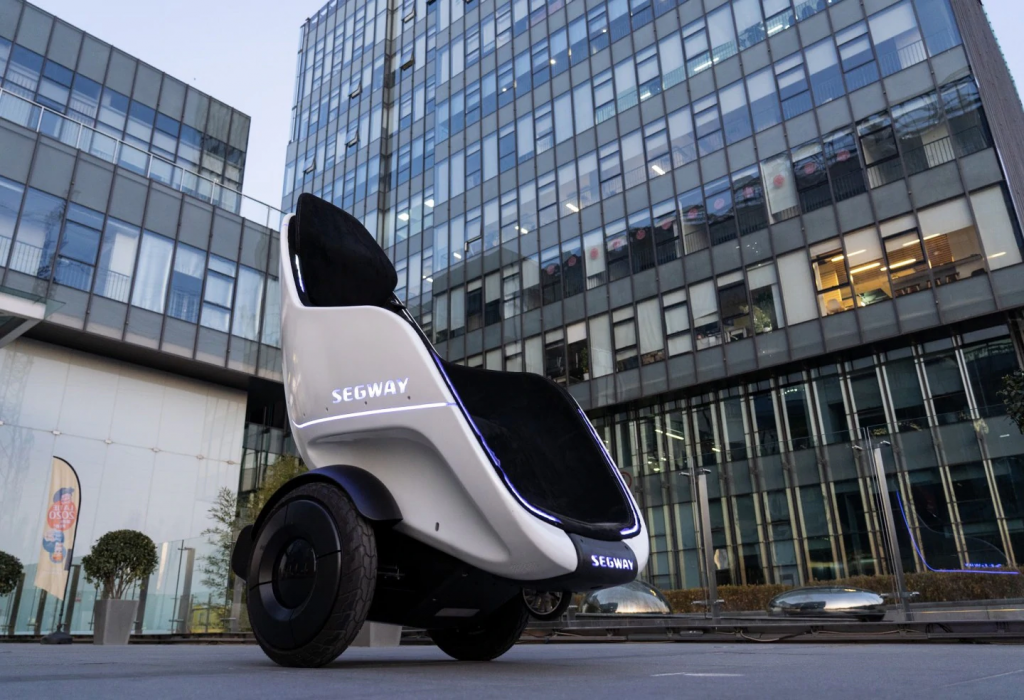
A self-balancing people mover: Segway S-Pod
We took a ride in the people mover of the future and crashed only once. The “WALL-E” comparisons for Segway’s new people-moving S-Pod are unavoidable, but the company says it was inspired by the pods in “Jurassic World.” A cross between a comfortable recliner, a scooter and a giant egg, the new mobility device is designed to move people around non-road locations like malls, airports and (dinosaur-free) theme parks. The self-balancing pod, which goes up to 24 mph, is controlled by a small knob on the armrest or a panel that can be removed from the pod for remote steering. When we put a helmet on and tested the S-Pod prototype on the CES show floor Monday, its speed limit had been limited to 7 mph, and there was no seat belt. It felt fast and a little dangerous, more like a La-Z-Boy go kart than futuristic wheelchair. The pod was just one of many mobility options announced by transportation companies at CES, which is packed with remote-controlled scooters, electric dirt bikes and real cars inching closer to full self-driving status.
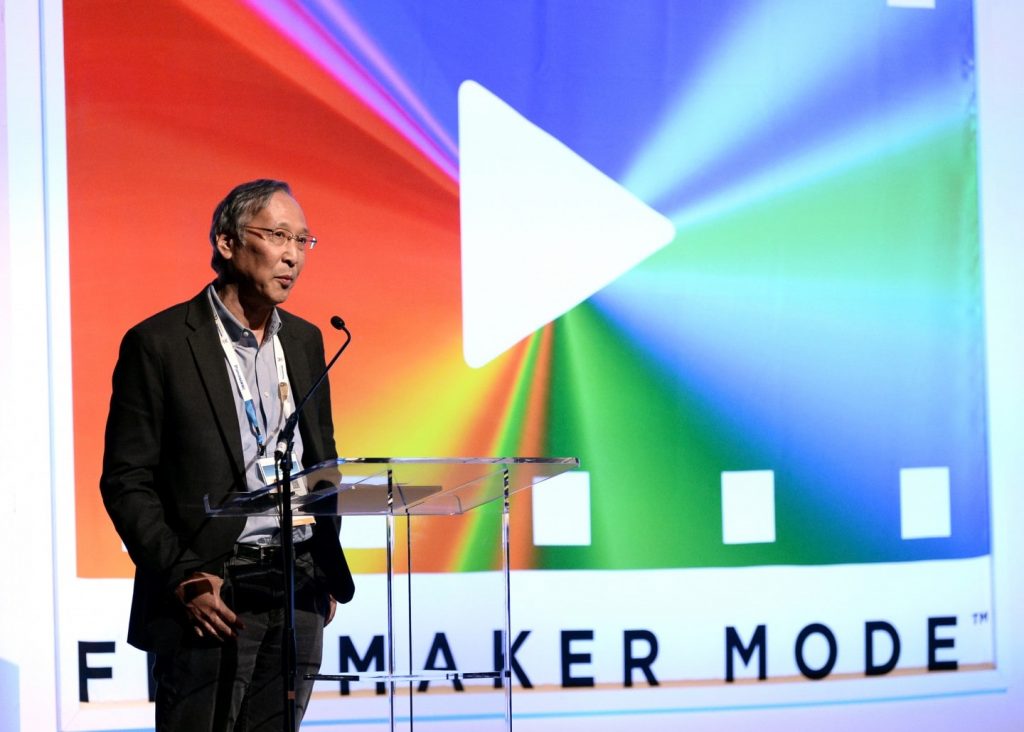
‘Filmmaker mode’ for TVs
Many modern televisions have settings that automatically boost colors and smooth out motion in ways that can make movies and shows look fake. Filmmakers including Paul Thomas Anderson, Ryan Coogler, Patty Jenkins, Martin Scorsese and Christopher Nolan decided they had had enough, so they got an industry coalition called the UHD Alliance to back a new “filmmaker mode” for TVs. The idea is that content will have the ability to push out a special signal indicating the TV should disable all post-processing — such as the motion-smoothing setting that makes films look like reality shows — and the TV will adjust its own settings accordingly. A number of big TV-makers have signed on so far, including Vizio, Panasonic, Samsung and LG.
Available on select 2020 model TVs.

A sleep trainer: Hatch Restore
This combined bedside lamp and white-noise machine promises to help you fall asleep and wake up with more ease. The Restore changes color and brightness to match your sleep routine — yellow for wind-down reading time, bright white for waking up — and pairs each stage with calming sounds or even recorded meditation routines. You find and set the right nightly sleep routine for yourself through its companion app. The gadget’s creators, who were also behind the children’s sound machine and night light called Rest, say the Restore’s sounds and colors are based in cognitive behavioral science that finds routines lead to better sleep.
No price yet, available in early 2020.
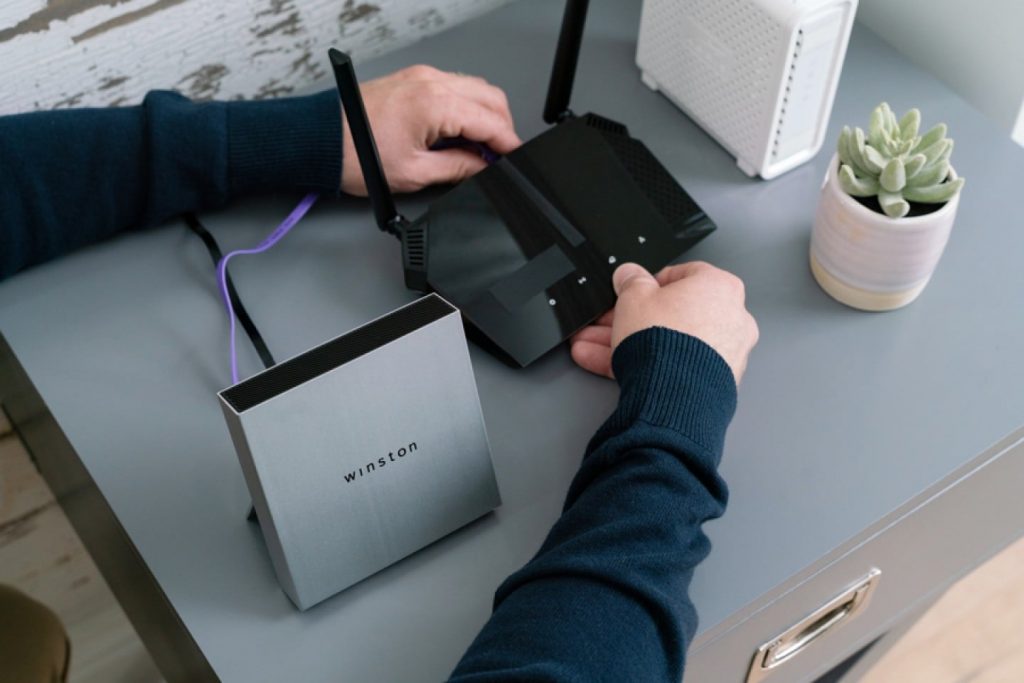
Home privacy helper: Winston
We’re finally getting some help in protecting our privacy. This box that you install between your WiFi router and modem takes evasive maneuvers to reduce the data footprint of all the devices in your house. More than just a virtual privacy network (or VPN), Winston scans the traffic coming and going from your house to block ads, filter tracking cookies, fight website “fingerprinting” and cloak your Internet address. Even better, Winston claims it’ll speed up your Internet because it stops so many online trackers and ads from loading. There’s an $8.25 monthly service fee, with the first year included with purchase.
Cost is $249, available now.













